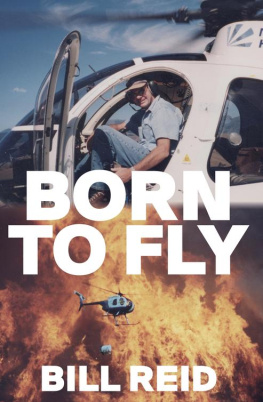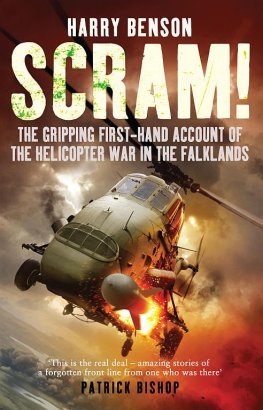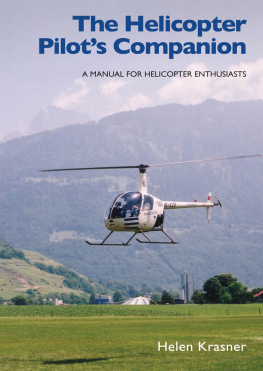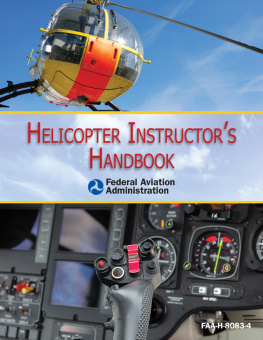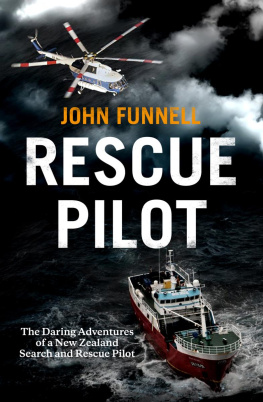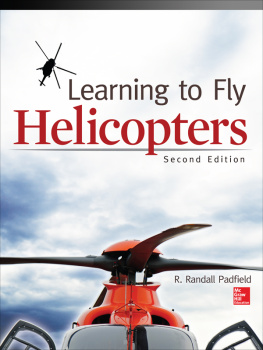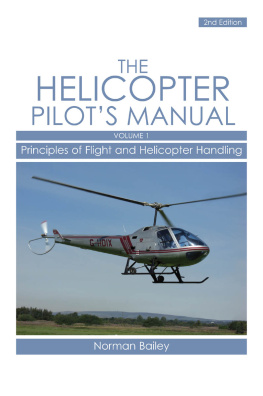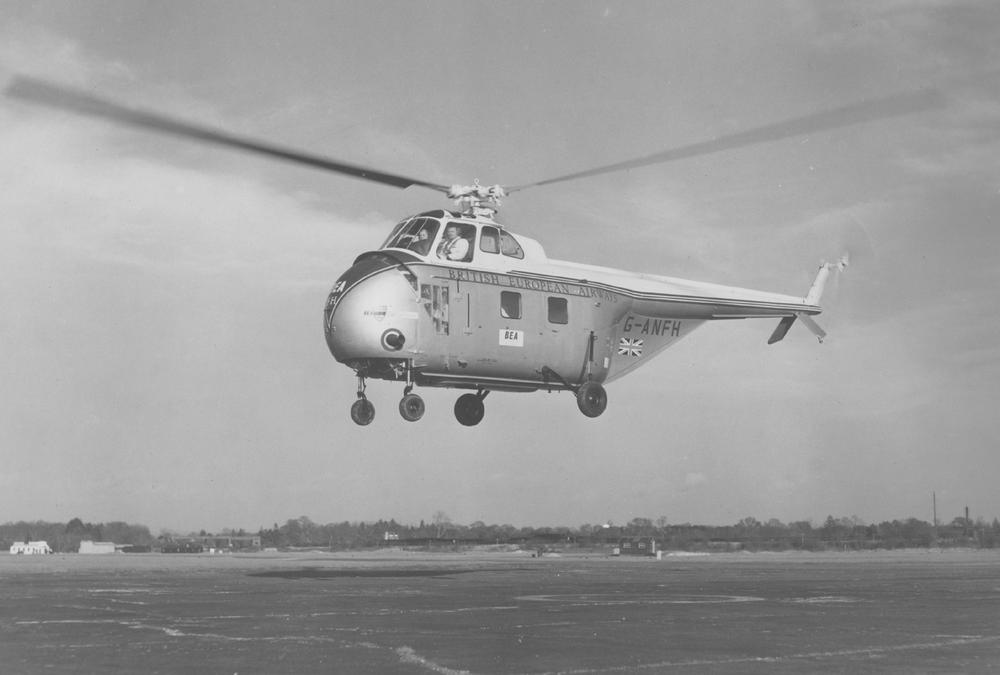I was 10 when my father gave me a book by Antoine de Saint-Exupry, the pioneering French aviator and writer. When the weather is rough and my helicopter is being buffeted by strong winds over Tasman Bay or swallowed by fog in the mountains, I think of Wind, Sand and Stars, and of Saint-Exuprys attempt to communicate the horror of a particular flight he experienced while working the airmail route down through South America.
The Frenchman describes the unnerving blueness of the sky before he runs into the cyclone, a blue too pure that glitters like a new-honed knife, broken only by a sort of ash-coloured streamer at the level of the distant peaks. Within minutes comes a slight tremor, one of those secret little quiverings that foretell your real storm and then the elements around him explode into a fury.
I thought of that passage recently while flying to Westhaven, in the northwestern corner of the South Island, to pick up clients who wanted to spend the day in Nelson. I fly for my son Toby these days, just a regular working pilot again. Reid Helicopters, as hes named his company, operates out of the same hangar that was the base for Nelson Helicopters, the business that my wife Robyn and I started and built up over 20-plus years. I dont have far to walk to work: the hangar is sited on our farm 100 metres from our house, on top of a hill above 88 Valley, 30 minutes drive south of Nelson. The sound of spinning rotor blades is still the soundtrack to our lives.
I had joined Toby and his other two pilots on a week-long charter flying a wealthy American family of 18 around the South Island, including a brilliant day at Aoraki/Mount Cook. On the morning of the day in question we had cancelled the flight to Westhaven, as we were experiencing strong winds and cold fronts moving up the island.
The family then hired a bus to drive to Takaka to visit the local markets but did not appreciate or enjoy the narrow, unsealed road out of the area and had only gone a short distance in the bus before they canned the idea. They called Toby back, pleading that the wind had dropped and could they be picked up to fly to Nelson for the afternoon.
The weather forecast was showing an improvement so Toby and I decided to give it a go. It was a mistake. Within minutes of leaving home, we were both being blown off track and out to sea in our respective Squirrel helicopters. What had been 35 knots at the hangar was at least 50 knots up high: awful weather, black and threatening in the hills, with sharp squalls flicking in off Tasman Bay.
In conditions that bad you have to call on all of your experience. In my case thats 40 years of flying helicopters, from the Deer Wars of the 1970s, to fighting fires in the Nelson forests, to building power pylons in Hong Kong and supporting mineral exploration in the Papua New Guinean highlands, one of the most remote regions in the world, with plenty of mercy dashes, salvages and near misses thrown into the mix.
Before any of that I grew up on stories of my late father John Reid flying fighter planes in the war, and of his groundbreaking use of helicopters in this country. I know from Dad, from Saint-Exupry and from harsh personal experience that when youre up there battling the elements your attention is monopolised by the mental and physical struggle. You tell yourself to relax, but thats difficult when youre being buffeted so much that your head is getting banged against the side windows of the chopper.
I wouldnt for a moment compare my experience on this particular day to Saint-Exuprys ordeal in the teeth of a fully fledged cyclone. Nevertheless, I thought of his description of his hands becoming so numb from gripping the wheel that they didnt feel alive or even that they belonged to him. When flying a helicopter in high winds you dont dare take your hands off the controls for a moment as the machines have no natural stability. After this kind of flying you feel drained for the rest of the day. In aviation there is a saying: It is far better to be down on the ground wishing you were up there, than being up there and wishing you were down on the ground. This was one of those days.
It was only 35 minutes to Westhaven but it felt much longer. As we landed two more squalls came through, full of icy rain, and the blades flapped wildly. We told the waiting clients it wasnt on to fly them anywhere, that they wouldnt be comfortable. When they protested I remembered something Id said in similar circumstances to a friend and client, Tom Sturgess, for whom I once worked as a corporate pilot. He was an experienced sailor and not frightened of bad weather. On one occasion when I told him a flight would not be comfortable and should be postponed, he asked me if it was a matter of comfort or safety. I replied, Both: If Im not comfortable then youre probably not safe.
The clients relented and stayed on the ground, so Toby and I headed for home trying to keep a loose formation on one another. We were hit by a horrible updraught over Takaka Hill that shot us up from 5000 to 8500 feet in a matter of seconds and then dropped us back down to ridge level with bone-jarring force. I was relieved that I didnt have passengers aboard, and even happier to finally get back on the ground.
The experience reminded me of a similar occasion in 1998 when I was heading to the Warbirds Over Wanaka air show with Robyn, my brother Martin, my daughter Amelia and her friend Kerry. We had just crossed the main divide slightly north of Aoraki/Mount Cook at 8000 feet when the most violent updraught I have ever experienced caught us and shot us up several thousand feet in seconds. When we eventually landed, I found that one of the main rotor blades of the Hughes 500 had buckled and was damaged beyond repair.
Its not always possible to say no. Helicopter pilots have a lot of pressure put on them. You get called in when things have turned desperate: when the fire is out of control, or the crash victim is too far away from road access to make it to hospital within the golden hour. People expect you to fly through cloud, fog, darkness. Ive done some silly things, flown when it really wasnt safe, but it was done out of a sense of duty. With some emergency telephone calls, you simply have to respond. Sometimes, when you know the weather is not suitable for flying but you have been told a baby could die, it takes as much courage to say no as it does to give it a go.

